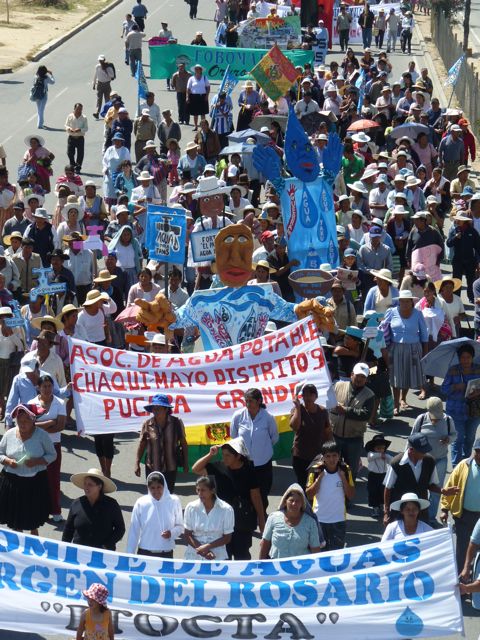People
within a society most of the time tend to behave in pretty similar ways, mainly
because individuals usually tend to, or at least are expected to, follow
certain norms society has. Many times individuals that have some kind of bond
experience this phenomenon of behaving similar to each other, this is what
scientists call collective behavior.
Norms of behavior within a society are not always clear enough
though. During these situations, people begin to follow norms which don’t quite
exist but that they think are correct. Sociologist refers to these actions as collective
behavior which is the relativity spontaneous social behavior that occurs
when people try to develop common solutions to unclear situations. There are
many forms of collective behavior. A crowd is a temporary gathering of
people who are in close enough proximity to interact. A mob is an
emotionally charged collectivity whose members are united by a specific
destructive or violent goal. And finally a riot, which is a collection
of people who erupt into generalized destructive behavior, the result of which
is social disorder. Fear might trigger some collective behavior as well, some
examples of collective behavior triggered by fear are the following. A panic
is a spontaneous and uncoordinated group action to escape some perceived
threat. A moral panic occurs when
people become fearful, often without reason, about behavior that appears to
threaten society’s core value. Another collective behavior is mass hysteria
which is an unfounded anxiety shared by people who can be scattered over a wide
geographic area.
Not all types collective behavior have fear, an
example is fashion which refers to enthusiastic attachments among large
numbers of people for particular styles of appearance or behavior. Fads are ideas that a large number of
people are attached to for a very short period of time. . A rumor is an unverified peace of information that is
rapidly spread from one person to another. Another form of communication within
members of a society is urban legends which are stories that teach a
lesson and seem realistic but are untrue. Another collective behavior that
depends on communication is public opinion, which refers to the
collection of differing attitudes that members of a o public have about a
particular issue. Propaganda, which is an organized deliberate attempt
to shape public opinion, is also a form of communication within society’s
members. Collectivism happens in every society, and it a very big concept that
many sociologists try to explain, therefore there are many theories that try to
explain this phenomenon. The contagion theory was developed by Gustave
LeBon and it said that the hypnotic power to encourage people up their
individuality and strong pull of a group. The emergent theory says that
the people in a crowd face a situation in which traditional norms of behavior
are not applied. The value added
theory predicts if collective behavior would occur and the direction it
would take.
 Most social movements happen, or work to change any aspect of
society. Reactionary movements are to revers current social trends. Another
kind of social movements are conservative movements, they try to protect
what they see as society’s prevailing values from change that they consider to
be a threat to those values. Revisionary movements work to improve or
revise some part of society through social change. Finally, revolutionary
movements are a total and radical change of the structure. Just like with
collectivism, many sociologists have tried to understand why these movements
form, and once again just like collectivism, there are many theories to explain
it. The relative deprivation theory states that people join social
movements because they feel deprived relative to other people or groups with
whom the identify. Modern sociologist believe that social movements can occur
only if people are successful in resource mobilization. Resource
mobilizations are the organizations and effective use of resources. Since this is a very important factor, many
sociologists developed the resource mobilization theory, which states
that not even the most ill-treated group with the most just case will be able
to bring about change without resources.
Most social movements happen, or work to change any aspect of
society. Reactionary movements are to revers current social trends. Another
kind of social movements are conservative movements, they try to protect
what they see as society’s prevailing values from change that they consider to
be a threat to those values. Revisionary movements work to improve or
revise some part of society through social change. Finally, revolutionary
movements are a total and radical change of the structure. Just like with
collectivism, many sociologists have tried to understand why these movements
form, and once again just like collectivism, there are many theories to explain
it. The relative deprivation theory states that people join social
movements because they feel deprived relative to other people or groups with
whom the identify. Modern sociologist believe that social movements can occur
only if people are successful in resource mobilization. Resource
mobilizations are the organizations and effective use of resources. Since this is a very important factor, many
sociologists developed the resource mobilization theory, which states
that not even the most ill-treated group with the most just case will be able
to bring about change without resources.
Collective behavior is simply amazing, no matter if
you don’t agree that this phenomenon happens, it does, unconsciously people
know that they are expected to follow a determined behavior, and in order to
fit in they do. In limited cases do individuals not agree with the collective
behavior they must follow, and it’s those individuals that become leaders and
initiate a social movement, perfect way to change a well established collective
behavior in a society and reestablish unclear norms.
No hay comentarios:
Publicar un comentario